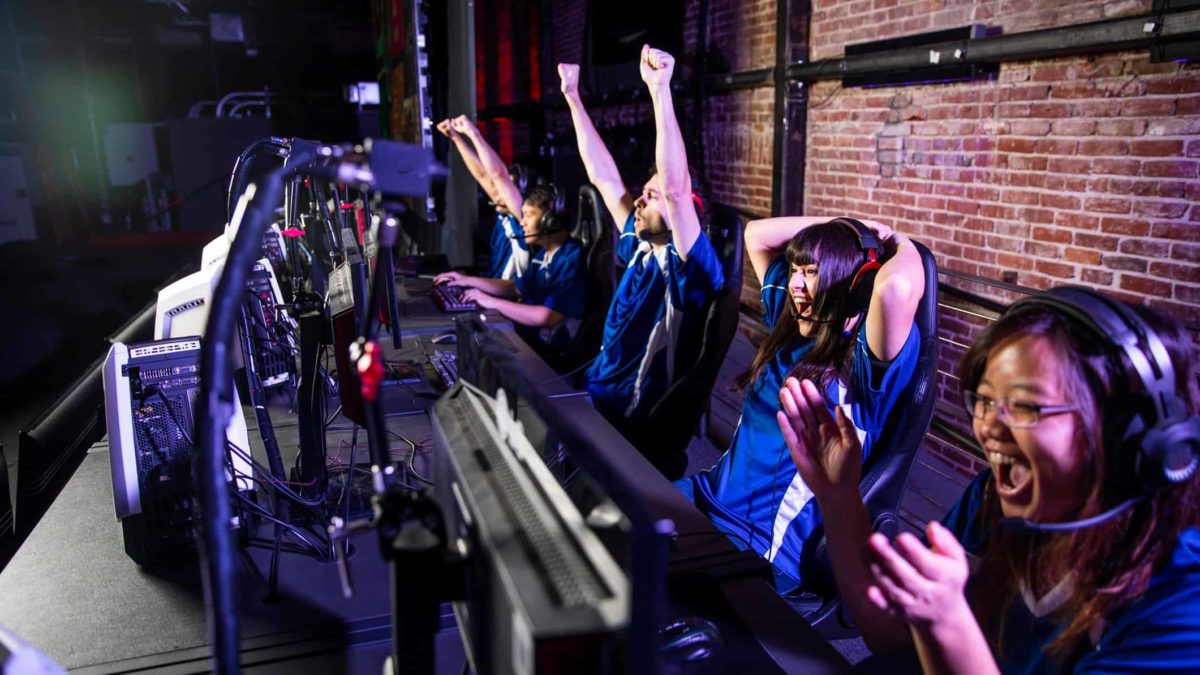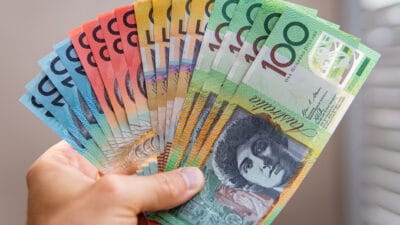The ASX sharemarket game has begun… you might be completely new to investing. Maybe you've been interested in it for a while and are waiting to take the plunge. Potentially your mate dragged you into it a bit of competitive fun.
Whatever the reason, the virtual investment provides a straightforward starting point to invest in publicly listed Australian companies – just not with real money. It certainly has its place, but there are a few things you likely won't learn from it.
The ASX share market is a game of emotions
This is most likely the biggest drawback… You probably won't experience the same emotions as you would investing with real money.
When it is not real money at stake it is easy to shrug off a 10% or 20% loss. In reality, it's hard, sometimes really hard. Particularly when you have worked hard for those dollars and they seemingly vanish, in minutes at times, the human psyche kicks in.
The ASX sharemarket game is a no-loss, no-win environment. As such, you likely won't learn how to handle being down on a share. Some simplify investing to "buy low, sell high", but all too commonly emotions override. As a result, investors can find themselves buying high and selling low.
These emotions cannot be simulated, and often the best way to learn is to dip your toes into the real thing to get a feel for it.
Skin in the game
Somewhat similar to the last point, but for a different reason. Having 'skin in the game' means you've got something to lose… or gain if you're lucky.
For that reason, it acts as a motivator to be diligent and mindful with investments. On the ASX Sharemarket Game, there's a maximum of $2,000 up for grabs – not too shabby. However, loss is a much stronger emotion than winning – it's called negativity bias.
Hence, having skin in the game will act as a significant motivator to research companies and learn as much as possible.
Tends to reward the YOLO'ers
Lastly, because the ASX Sharemarket Game only runs for 15 weeks the ones that do well often apply a bit of the 'YOLO' mentality.
15 weeks is a small window, so shares that perform really well might have received a takeover bid, struck gold, FDA approval, or many other various short-term events. However, it doesn't give enough time to truly consider the compounding nature of great long-term investments, nor the influence of dividends. Both of which can be attributed to legendary Warren Buffett's wealth.
In conclusion, the ASX Sharemarket Game can be a lot of fun – but I would suggest if you are starting to think more seriously about investing, trying the real thing, even with a small amount of money, will teach you a whole lot more as a beginner investor.









